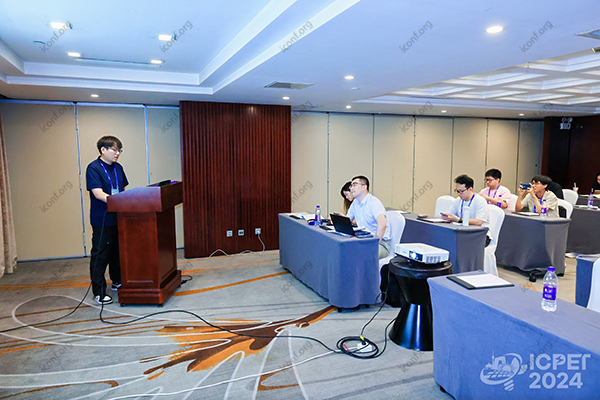In today’s rapidly changing agricultural landscape, breakthrough research in sustainable farming, crop protection, and agri-tech is essential for feeding the world and preserving natural resources. Responding to an Agriculture Call for Papers (CFP) is a powerful opportunity for researchers to present their innovations, influence future food systems, and collaborate with experts from across the globe.

Why Respond to an Agriculture CFP?
Global Recognition: Present your pioneering work to a worldwide audience, including academic peers, industry leaders, and policymakers.
Innovative Impact: Contribute novel approaches in sustainable practices, precision agriculture, and digital farming solutions.
Collaborative Networking: Engage in interdisciplinary partnerships that drive research forward and open up new funding opportunities.
Enhanced Feedback: Benefit from rigorous peer review processes that provide constructive criticism for continuous improvement.
1. Thoroughly Review the CFP Guidelines
Match Your Research: Ensure that your paper aligns with the thematic focus—be it sustainable agriculture, innovative crop management, or advanced agri-tech solutions.
Compliance: Adhere to all formatting, citation, and submission guidelines. Meeting these technical requirements is crucial for avoiding technical rejections.
2. Develop a Compelling Abstract
Concise Overview: Your abstract should clearly summarize your research objectives, methodology, key findings, and potential real-world applications.
SEO-Friendly Keywords: Integrate terms like “agriculture research” and “sustainable farming” naturally to enhance discoverability.
3. Organize Your Manuscript Effectively
Adopt a Standard Structure: Use the IMRaD format (Introduction, Methods, Results, and Discussion) to present a logical and coherent narrative.
Visual Support: Augment your paper with high-quality figures, charts, and tables that illustrate your data and underscore your conclusions.
4. Highlight Originality and Practical Impact
Innovative Contributions: Clearly articulate the unique aspects of your research and how it advances current agricultural practices.
Real-World Applications: Discuss how your findings can improve crop yields, reduce resource consumption, or enhance environmental sustainability.
5. Professional Presentation
Editing and Proofreading: Ensure your manuscript is clear, error-free, and polished—especially if English is not your first language.
Strict Adherence: Follow every detail of the CFP requirements to maximize your submission’s chance of success.
For researchers ready to maximize their impact in the field of agriculture, iconf.org provides a robust, one-stop resource to support your CFP submission:
Curated CFP Listings: Quickly access a centralized database of international Agriculture CFPs, making it easy to find relevant opportunities.
Expert Guidance: Benefit from detailed submission guidelines, proven best practices, and strategic tips tailored specifically for agricultural research.
Networking Opportunities: Connect with a vibrant global community of experts, fostering collaborations that can lead to groundbreaking research and innovation.
Comprehensive Resources: Utilize a vast collection of academic papers, journals, and datasets to bolster your research and improve your presentation.
Responding to an Agriculture Call for Papers is more than just submitting a paper—it’s a strategic initiative to propel your research, enhance your academic profile, and contribute to the future of sustainable agriculture. By following these best practices in manuscript preparation and leveraging the extensive support available on iconf.org, you can significantly boost your research impact and join a global network of scholars dedicated to transforming agriculture.
Take the next step in your academic journey—start preparing your CFP submission today and let your innovations shape the future of farming. Visit iconf.org now to explore additional resources and unlock new opportunities for academic excellence and collaboration.